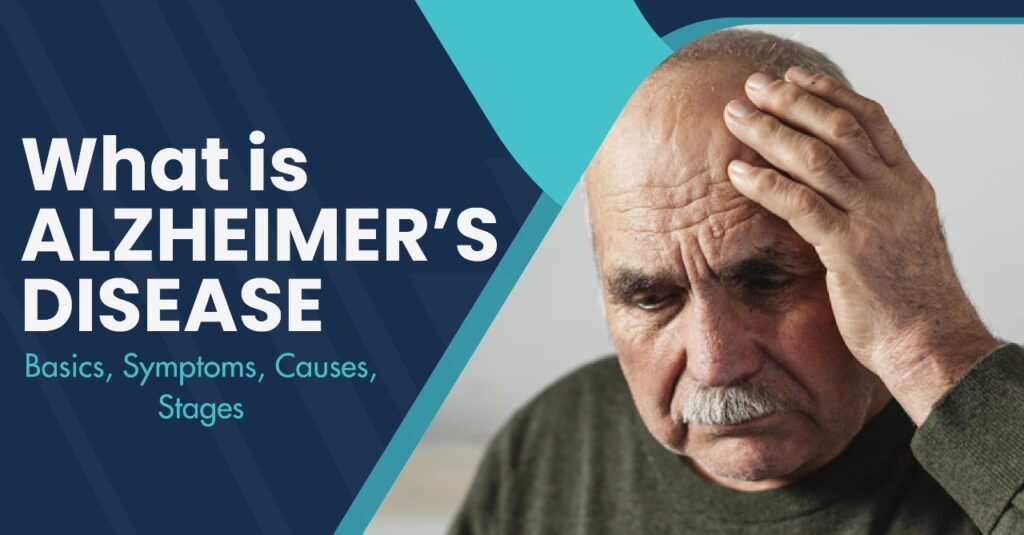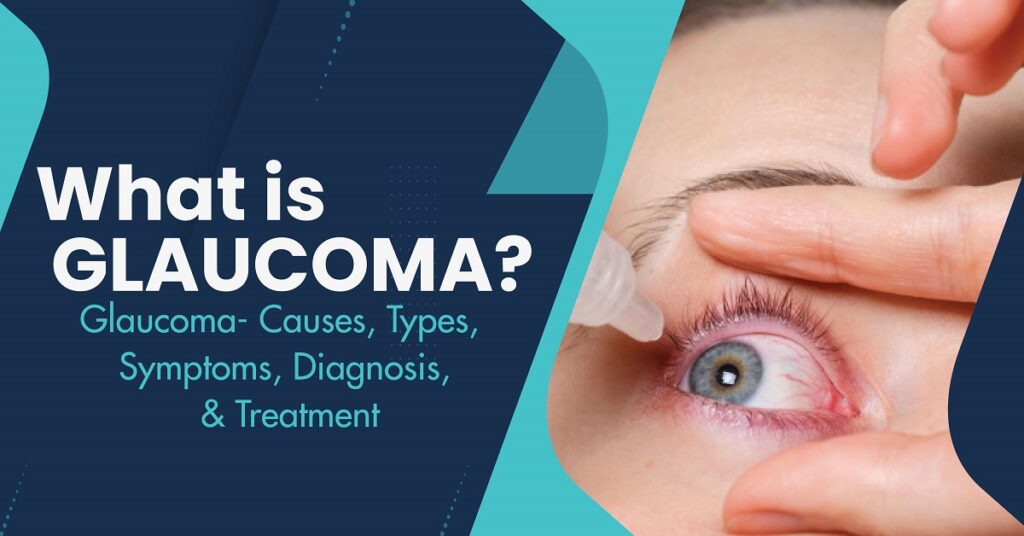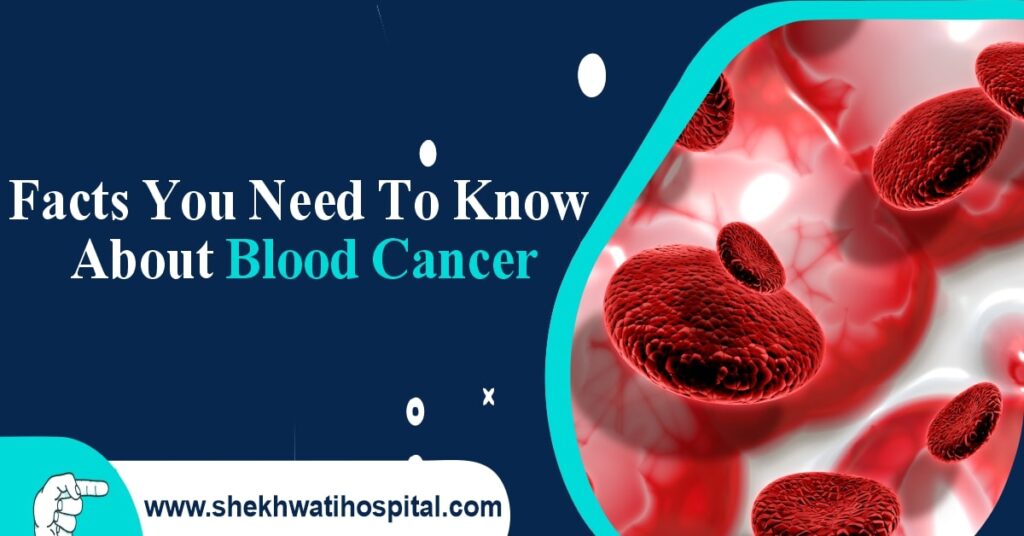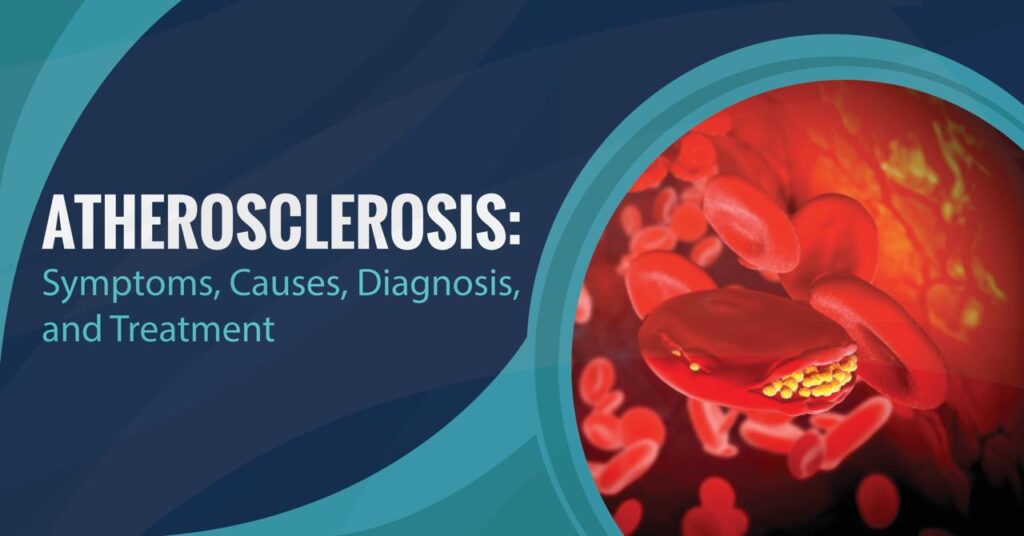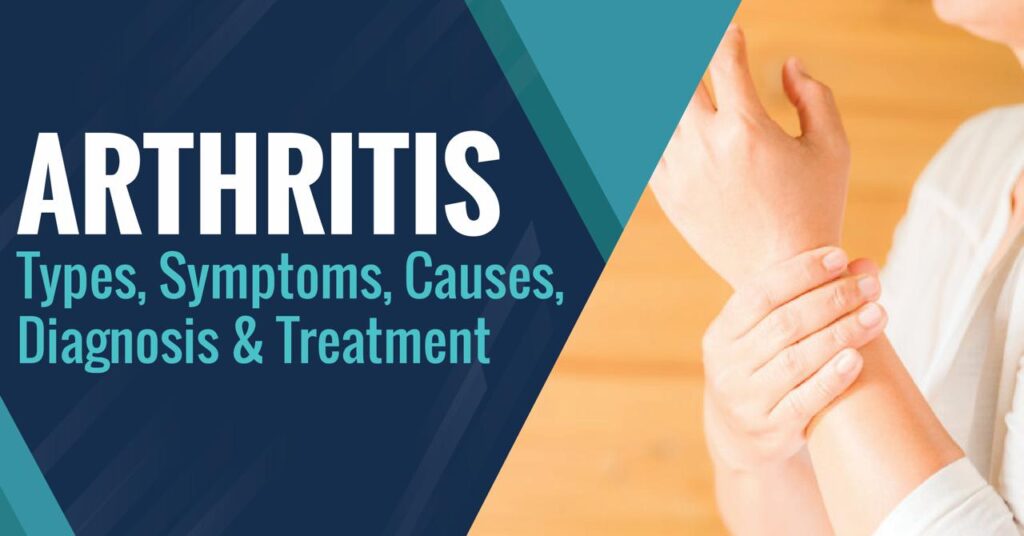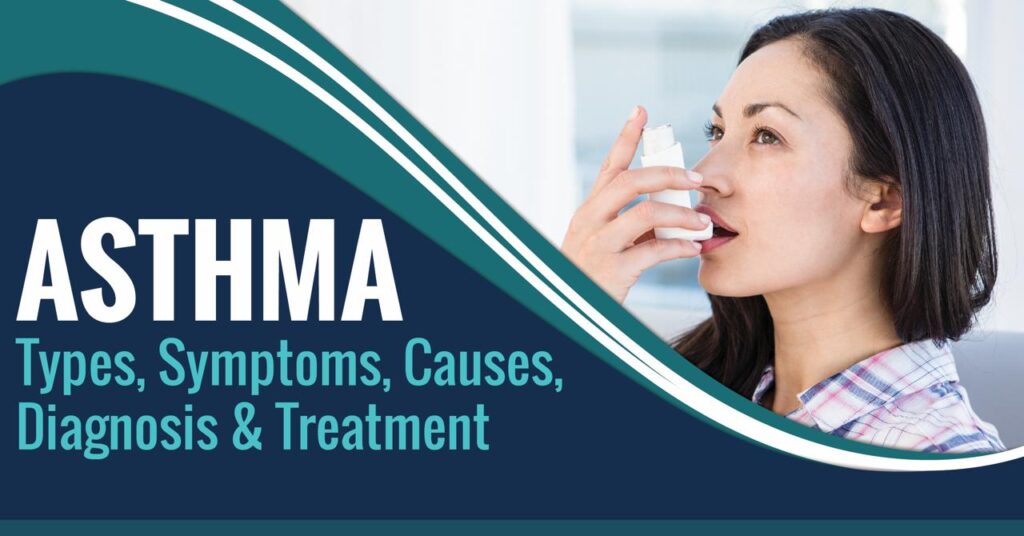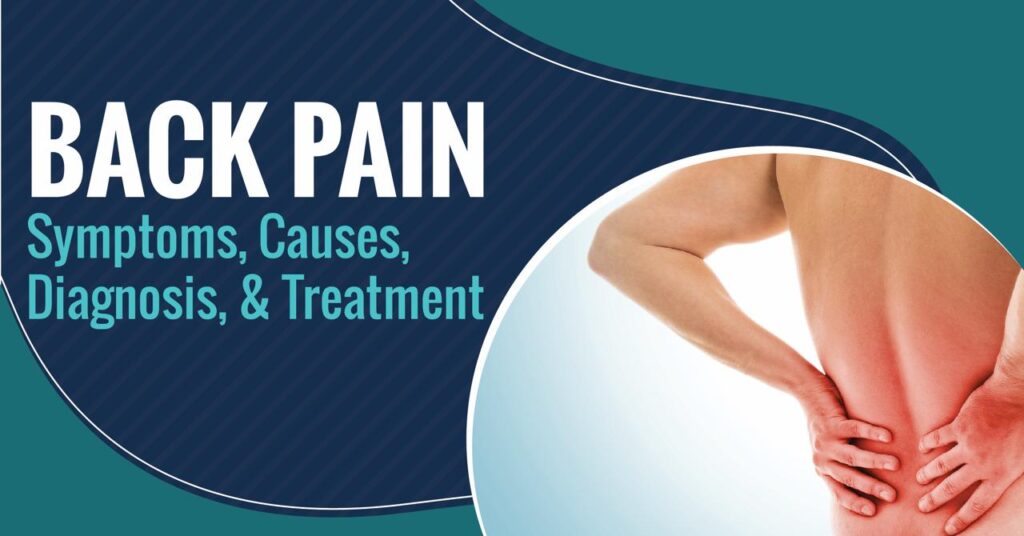No disease is a good disease, you should treat them before it gets complicated. Alzheimer’s is a progressive dementia disease.
Dementia is a complex term used for the symptoms of mental decline that interfere with a person’s daily life. It is not a part of normal aging. It is a memory loss disease that gets worse over time. Let’s understand it in detail.
What is Alzheimer’s Disease?
Alzheimer’s disease is a progressive neurodegenerative condition. It’s one of the foremost common kinds of dementia in older people, basically means a group of symptoms that cause a decline in mental function severe enough to disrupt lifestyle.
Alzheimer’s disease can create problems with a person’s memory and skill to learn, reason, make judgments, communicate and perform daily activities.
It was first identified in 1907 by the German physician Alois Alzheimer, the illness afflicts about 5 million Americans. An estimated one in 9 adults aged 65 and older lives with the disease.
The actual reason for Alzheimer’s disease isn’t yet fully identified, although several things are thought to extend your risk of developing the condition.
These include:
- Increasing age
- A family history of this condition
- Untreated depression, although depression can also be one of all the symptoms of Alzheimer’s disease
- Lifestyle factors and conditions related to cardiovascular disease
Symptoms of Alzheimer’s Disease
Alzheimer’s disease is a disease in which the symptoms get worse over time. Loss of memory is the major symptom of this disease.
The symptoms of Alzheimer disease include:
- Memory loss: In this disease, a person faces some problems in remembering new and previous things. Memory loss is a major issue, this can lead to:
- Forget things quickly
- Repeated conversation
- Losing objects
- Getting lost all the time
- Problems in recognition: A person with Alzheimer’s may have various problems in recognition. The person may become less able to recognize faces or objects. This is because of weak eyesight.
- Problems with speaking, reading, or writing: A person may develop severe difficulties with thinking of some common words, or they’ll make more speech, spelling, or writing errors.
- Cognitive deficits: A person may sometimes have difficulties in making judgments of simple tasks or complex tasks. This will lead to:
- a reduced understanding of safety and risks
- difficulty with money or paying bills
- difficulty in making decisions
- difficulty in completing any tasks that have several stages, like getting dressed or doing some work.
- Behavior changes: A person may experience several changes in their personality and behavior that include:
- becoming upset suddenly, angry, or worried more often than before
- Depression, mood swings
- Changes in sleeping time
- a loss of interest in or motivation for activities that sometimes enjoy
- a loss of empathy
- compulsive, obsessive, or socially inappropriate behavior
- Problems with spatial awareness: A person may have difficulty with their balance, trip over, or spill things more often, or they’ll have difficulty orienting clothing to their body when they are getting dressed.
Causes of Alzheimer’s Disease
The exact cause of Alzheimer’s disease is still not identified. Let’s understand in simple words, in this the brain proteins fail to function normally, which creates problems in the working of neurons i.e. brain cells that triggers a series of toxic events. Now the brain cell’s neurons are damaged, and lose connections to each other, and may eventually die.
Scientists believe that in many people, Alzheimer’s disease is caused by a mix of genetic, lifestyle, and environmental factors that affect the brain over a period.
You Can Read Also: GLAUCOMA- CAUSES, TYPES, SYMPTOMS, DIAGNOSIS, AND TREATMENT
Chances of about 1% that Alzheimer’s is caused by specific genetic changes that virtually guarantee a person will develop the disease. These rare occurrences usually lead to disease onset in middle age.
The damages that Alzheimer’s disease causes most frequently starts in the region of the brain that controls memory, but the process of damaging begins years before the primary symptoms have shown. The loss of neurons spreads to other regions of the brain. At the late stage or the last stage of the disease, the brain has shrunk significantly.
Our scientists and researchers trying to find the exact cause of Alzheimer’s disease and are focused on the two proteins:
1. Plagues: Beta-amyloid is a small fragment of a larger protein. When these fragments group together, they like to possess a toxic effect on neurons and disconnect cell-to-cell communication. These groups of fragments form larger deposits called plaques, which also include other cellular debris.
2. Tangles: Tau proteins play a vital part in a neuron’s internal support and transport system to hold nutrients and other essential materials. In Alzheimer’s disease, tau proteins deform and organize themselves into structures called neurofibrillary tangles. These neurofibrillary tangles disrupt the transport system that creates problems in holding nutrients and are toxic to brain cells.
Stages of Alzheimer’s Disease
There are three main stages of Alzheimer’s in which diseases show different symptoms: Mild, Moderate, Major.
Mild Alzheimer’s: Mild Alzheimer’s stage is a first stage that usually lasts from 2 to 4 years. The symptoms are:
- Having less energy to do things.
- Less interest in work and social activities and spending more time in just sitting alone, eating, watching TV, or sleeping.
- Loss of memories, like forgetting recent conversations and events that just happened.
- Having some language problems, like trouble putting their thoughts into words or understanding others.
- Mild coordination problems, like trouble, writing, or using familiar objects.
- A hard time with everyday tasks, like following a recipe or balancing a checkbook.
- Major mood swings that involve depression or a lack of interest.
- Having trouble riding and driving, like getting lost on familiar routes.
- Depression and stress also can cause Alzheimer’s.
Moderate Alzheimer’s: This one is the second stage of Alzheimer’s in which the memory loss gets worse. This can last up to 2-10 years. In this stage, someone can forget details about their life, like where they went to high school or when they got married. The more common symptoms include:
- Rambling speech.
- Trouble arising with the correct words and using the incorrect ones.
- A hard time planning or solving problems.
- Confusion about time or place. they’ll get lost in places they have been before. Once they’re there, they’ll not know how or why they got to that place.
- Not dressing for the weather.
- Gets angry and upset very easily, sometimes lashing out at family or caregivers.
- Trouble sleeping.
- Delusions, like thinking a caregiver is trying to harm them.
Severe Alzheimer’s: This is the last stage also known as late Alzheimer’s. It lasts up to 2-3 years. These includes:
- Major confusion about what’s happened in the past and what’s happening in the present.
- Can’t express themselves and their feelings, remember, or process information.
- Problems in swallowing and control of their bladder and bowels.
- Weight loss, seizures, skin infections, and other illnesses.
- Major mood swings.
- Seeing, hearing, or feeling some things that aren’t there, called hallucinations.
- Can’t move easily on their own.
Prevention of Alzheimer’s disease
There is no such prevention of Alzheimer’s has been recognized to prevent the disease. But some of the steps may slow or delay the disease from getting worse. The steps are:
- Quit smoking: Smoking can increase the risk of dementia. Chain Smokers or those who smoked more than half a pack per day may have an increased risk. If you still smoke, it’s not good for you and your family, now is the time to quit smoking. Talk with your doctor and take prescriptions that could work for you.
- Do aerobics exercise daily: Exercise is the problem for every solution. Exercise can make your body fit, you will be energetic all day, you feel fresh and light. Aerobics is the best exercise for anyone who wants to get fit with an amazing start. Exercise can reduce the risk of getting any kind of disease same as with Alzheimer’s disease.
- Maintain a healthy diet: With exercise, we also need to take a healthy diet, without it our workout is not complete. It has been observed that a healthy diet may decrease your risk of developing Alzheimer’s disease. The whole meal should contain:
- whole grains
- fruits and vegetables
- fish and shellfish
- nuts
- olive oil
- other healthy fats
- Keep up your mental exercise: Along with physical exercise, mental exercise is also very important. An active brain may reduce the risk of Alzheimer’s disease. Activities that help to keep the brain active are:
- Listening music
- Reading newspapers
- Playing puzzle games
- Watching television
- Visiting museums
Engaging in mental exercises seems to make or contribute to your cognitive reserve. We have to engage our brain in some activities so that it can function properly.
- Increase your social engagement: Researchers research suggests people who spend most of their time in their immediate home environment are an almost higher chance to develop Alzheimer’s disease compared to those who travel more.
These findings, however, can also reflect the overall health of an individual. Doctors advise that being engaged with your surroundings is good for your mental, physical, and emotional health.
Diagnosis of Alzheimer’s disease
Alzheimer’s is not a part of normal aging. Also, Alzheimer’s doesn’t have any particular symptoms, some of the warning signs to get checked are memory loss, behavioral changes, trouble with speech, and decision-making.
An early and accurate diagnosis of Alzheimer’s disease can give you or your loved one time to plan for the future. You’ll start using some medicines that help people in the earlier stages of Alzheimer’s control a number of their symptoms for a while, as well.
You Can Read Also: FACTS YOU NEED TO KNOW ABOUT LEUKEMIA (BLOOD CANCER)
Diagnosis of Alzheimer’s has not been introduced yet but they can use some tests to rule out other conditions that might cause the same symptoms.
- Health History: This is the exam on which the doctor asks some questions about your past and current health. They’ll want to know:
- Any medical condition you had in the past.
- Your symptoms create any problems in everyday tasks.
- Your personal family history like marital status, sexual history, living conditions, etc.
- Doctors ask some questions to check your mental state.
- Family history, including all illnesses in the family.
- Mini-Mental State Exam: This test is used to test the person’s mental state if problems with the areas of your brain involved in learning, memory, thinking, planning skills, or not. This includes:
- Problem-solving skills
- Attention span
- Counting skills
- Memory
- Precivity AD Test: A proclivity AD test is used to check the protein amount of beta-amyloid and ApoE protein in the blood. The presence or absence of the protein helps to determine the probability of having plaques in the brain that will lead to Alzheimer’s.
- Brain imaging tests:
- CT Scan: A Computer Tomography (CT Scan) is a machine that takes X-rays of your body parts in a very short time. The computer turns the scans into images that look like “slices” through the body. CT scans can show changes in the brain that are common in the later stages of Alzheimer’s.
-
- Magnetic Resonance Imaging (MRI): You are all familiar with the word MRI, but what does it do? MRI makes a clear picture of your whole body using a large magnet, radio waves, and a computer. Tumors can also be detected with the help of MRI. MRI helps the doctors to see any changes in the brain.
- Neuropsychological Testing: It is a psychological test that includes the brain means the relationship between the brain and the behavior. Doctors give you a test along with an interview to examine your brain and behavior activities.
- Positron Emission Tomography (PET): It is a kind of Precivity AD Test that is used to help map areas of your brain. It can detect the plaque areas which are associated with Alzheimer’s.
Cure and Treatment of Alzheimer’s disease
As you read in the entire blog, there is no cure and treatment for Alzheimer’s disease. But there are things which will be done to keep up quality of life.
The doctor, family, and your beloved can work together to form a care plan. Care plans may include any of the following:
- These may slow down symptoms for a short time and make the disease easier to live with. These medicines might not work for everyone or have an enormous effect. But most experts think they’re worth a try.
- Regular visits to doctors to see the person’s response to medicine, look for any problems, see how symptoms are changing, and provide continuing education to the family.
- Treating other health conditions, like depression or hearing and vision loss.
- Planning how the person is often as independent as possible and managing his or her own life for as long as possible.


